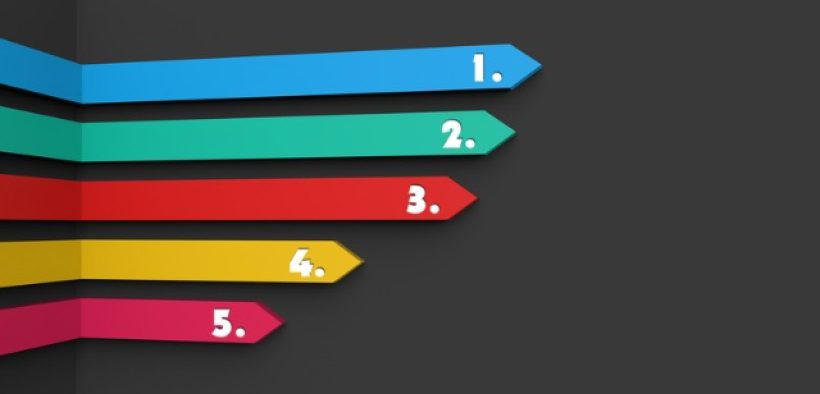I don’t know if the first day of class is the most important day of the course, but I don’t think many of us would disregard its significance. What we do and how we do it matters. There are lots of good first-day activities—we’ve shared some in this blog over the years. In this post I’d like to move our thinking in a different direction and suggest five first-day essentials that go beyond the activities. These are the goals for the first day that we can use the activities to accomplish.
Five Things to Do on the First Day of Class

Related Articles
I have two loves: teaching and learning. Although I love them for different reasons, I’ve been passionate about...
Active learning is a mostly meaningless educational buzzword. It’s a feel-good, intuitively popular term that indicates concern for...
Perhaps the earliest introduction a student has with a course is the syllabus as it’s generally the first...
Generative AI allows instructors to create interactive, self-directed review activities for their courses. The beauty of these activities...
I’ve often felt that a teacher’s life is suspended, Janus-like, between past experiences and future hopes; it’s only...
I teach first-year writing at a small liberal arts college, and on the first day of class, I...
Proponents of rubrics champion them as a means of ensuring consistency in grading, not only between students within...







